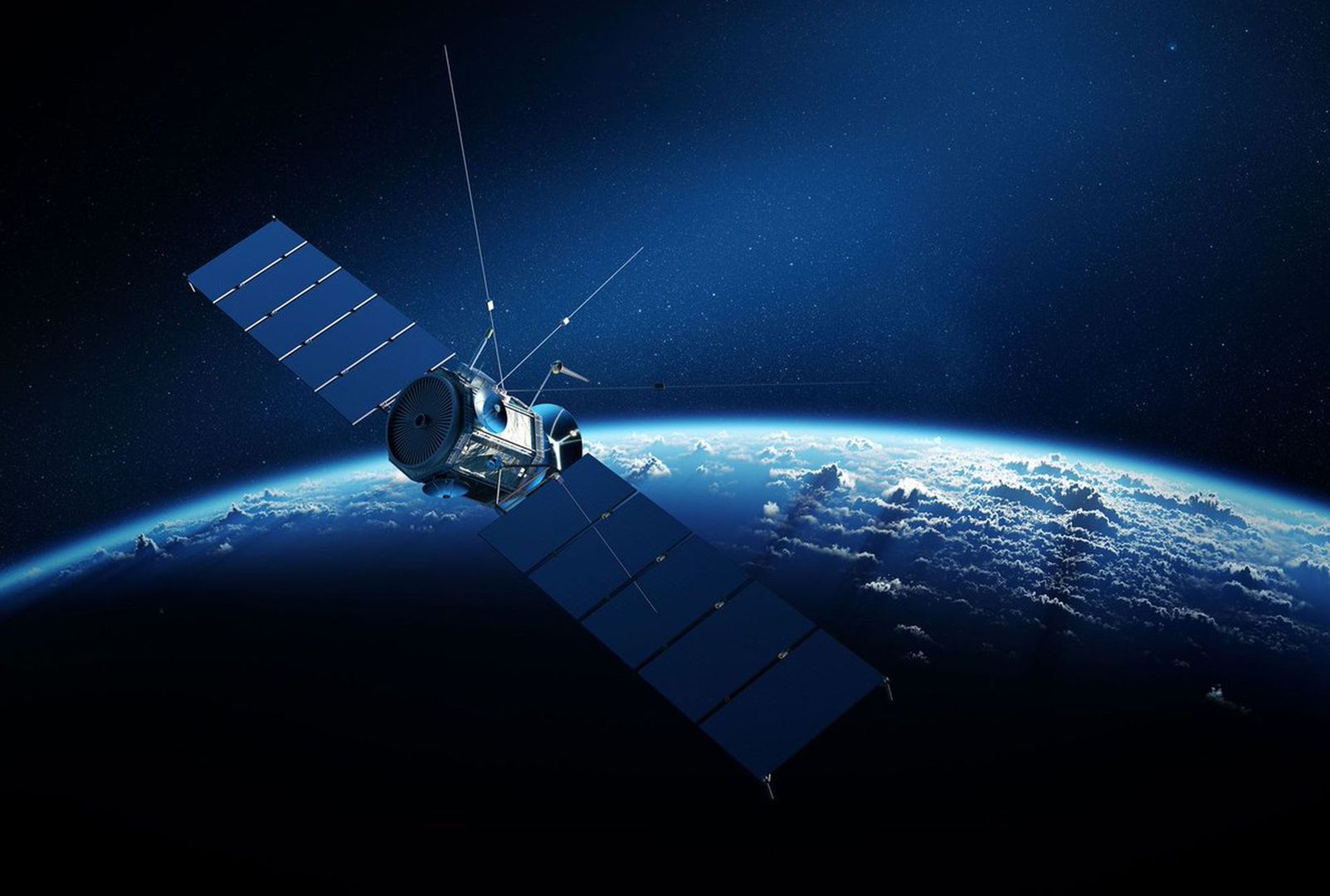Swarms of hundreds or thousands of small satellites are increasingly used for bringing data and internet services to Earth. To position, communicate and dispose such large amounts of satellites, Artificial Intelligence is getting increasingly important.
To enable a large-scale use of Artificial Intelligence in orbit, RUAG Space, Europe’s leading supplier to the space industry, and Stream Analyze, recognized as one of Sweden’s leading tech startups, are teaming up.
They have agreed to combine RUAG Space’s latest single board computer for satellites called “Lynx”, with Stream Analyze’ analytics platform “sa.engine”, to provide solutions for space customers’ future Artificial Intelligence applications in space.
A “smart” satellite will be able to automatically send messages to Earth of its own performance and status, such as: “Hello, it seems like I am going to use 20% more energy than usual next week. Is that ok?” instead of just raw data.
Optimize response time
“This cooperation makes satellites ready for intensified use in future of Artificial Intelligence,” says Anders Linder, Senior Vice President Satellites at RUAG Space. Moving the intelligence from servers on ground into edge processing on the satellite in space has several advantages, Anders Linder explains: “It is possible to optimize response times and utilization of the data downlink resource which is often a bottleneck. Especially as sensors are getting more powerful and producing more and more data in the satellites which would currently need to be sent to Earth for processing.”
Fast and autonomous decision making
“For us at Stream Analyze to add value and new capabilities to others through edge analytics is what we are all about. An example of such a new capability will be for others to analyze the data provided by the satellite sensors on the fly, as it is produced and without latency, allowing for faster response times and decisions,” adds Nils Sahlberg, Vice President and Head of Strategy and Business Development at Stream Analyze.
Decision support can be downlinked to ground much quicker than with a complete data set. It is also possible to make the decisions autonomously directly on the satellite. Data can be analyzed on board the satellite to make decisions in real-time by combining different sensor inputs. Monitoring data related to the satellite itself will also enable a more optimized satellite operation, performance and lifetime.
Better performance of satellite swarms
With large new constellations of satellites (satellite swarms) forming a large mesh of interconnected nodes in a constantly moving dynamic global network, it is a huge challenge to orchestrate the communication traffic in an optimal way.
Analyzing the network behavior, such as traffic patterns or other characteristics in a software defined satellite dynamic communication network, allows for optimizing data routes through the network and hence the performance of the complete communication system. Stream Analyze’ sa.engine allows this network optimization to be performed in real-time onboard the satellite.
Direct interaction with the satellite’s sensors
Through Stream Analyze’ analytics platform sa.engine the operator of the satellite will be able to interact directly with the satellite’s sensors and query any kind of questions. The sa.engine itself requires only a few megabytes and is hardware and software independent, so it can be integrated into the complete standard portfolio of RUAG Space’s on-board computers and into almost any other satellite computer. As sa.engine is scalable, it will be able to support any fleet of satellites and to interact with and learn from other satellites.
More adaptable and cheaper satellite operations
Today, the development of analytics algorithms is both time consuming and has limited capability to be changed after launch. “With the sa.engine at hand, one doesn’t need to finalize the algorithms and the satellite capabilities before launch. You can literally develop and deploy as you go – changing the model development process and the satellite operations fundamentally – generating a better, more adaptable, and cheaper operation,” says Jan Nilsson, CEO at Stream Analyze.











